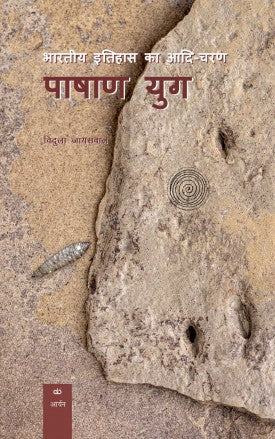The earliest phase of Indian history - Stone Age
The earliest phase of Indian history - Stone Age is backordered and will ship as soon as it is back in stock.
Couldn't load pickup availability
Genuine Products Guarantee
Genuine Products Guarantee
We guarantee 100% genuine products, and if proven otherwise, we will compensate you with 10 times the product's cost.
Delivery and Shipping
Delivery and Shipping
Products are generally ready for dispatch within 1 day and typically reach you in 3 to 5 days.
- Type: Hindi
- Pages: xvi + 290
- Format: Hard Bound
- ISBN: 9788173056949
- Edition: 1st Edition
- Publisher: Aryan Books International
- Size: 17 cm x 25 cm
- Product Year: 2024
Culture and civilization woven in the fabric of modern technology are the result of gradual development of about 18 lakh years. The creator of cultures and their environment were also not untouched by the process of change for a long period. An important point in this process of change was the entry of humans into nature because it is from here that the history of humans begins. The dawn of history is the Stone Age from which the foundation of technologies, social and cultural traditions was laid. It is well known that the base or beginning is necessary for the understanding of any process, even if it is the history of humans.
The aim of this book is to describe the Stone Age of the Indian subcontinent. For this, the global context seemed necessary. Because the very ancient context which is being analysed in this book has been preserved only partially in many areas. Therefore, in this book, the man of the Stone Age and the creations made by him have been highlighted by collecting global facts. This background is the basis for the review of the Palaeolithic, Mesolithic and Neolithic of the Indian subcontinent. Stone Age technologies, tool types, important sites, definitions, all these have been introduced keeping in mind the needs of the students.
The world context of the Stone Age, description of the remains of India, illustrated introduction of techniques and equipment will definitely ease the difficulties of the readers who are unable to understand the research papers written in foreign languages on this subject. This book will be useful for the general reader, those who are curious about the early phase of human history, teachers for whom reading the original multilingual publication is difficult due to lack of time, and students.





